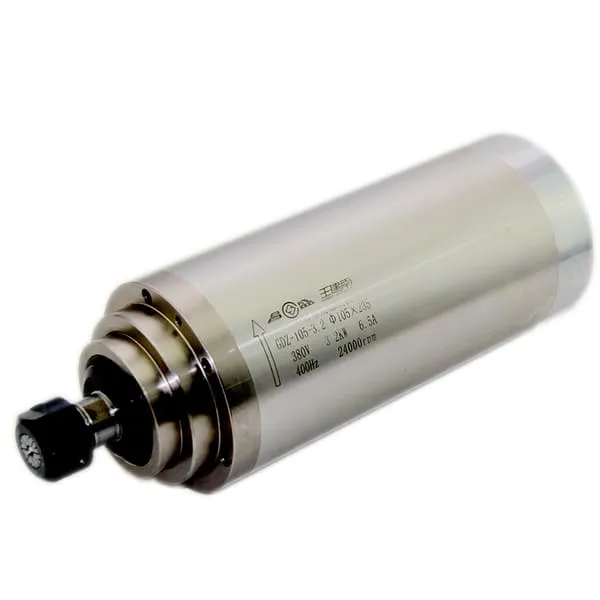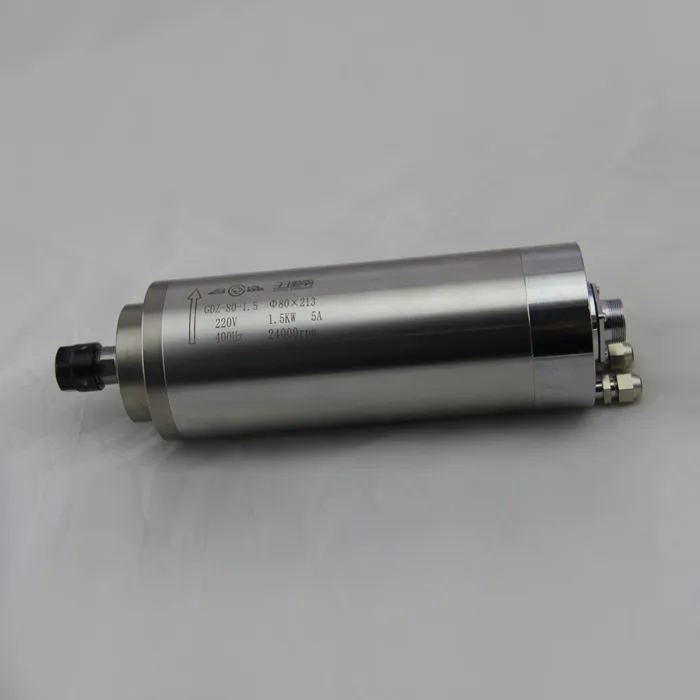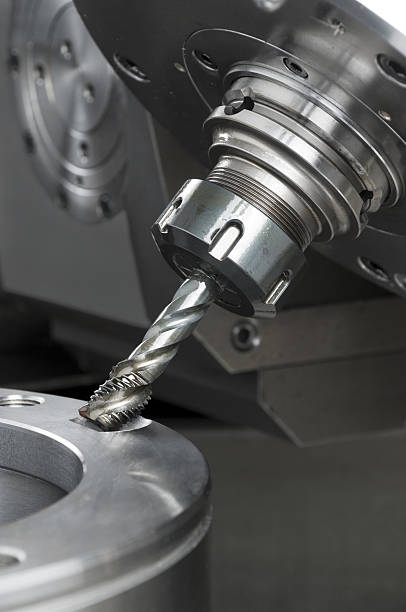CNC machines have transformed the woodworking industry by bringing precision, speed, and creativity to craftspersons and manufacturers alike. If you’ve ever wondered, “What is a CNC machine for wood?”, you’re not alone. In this comprehensive guide, we’ll explore how CNC woodworking machines work, their applications, and how they can make woodworking projects more efficient and innovative.
Understanding CNC Machines for Wood
What is CNC Woodworking?
CNC woodworking refers to the use of CNC (Computer Numerical Control) machines to craft, shape, and carve wood with high precision. CNC technology allows users to create intricate and detailed wood designs without the manual errors often associated with hand-carving or traditional woodworking tools.
CNC machines can carve, drill, and cut a wide variety of materials. For woodworking, they are highly valued for their ability to work with different wood types, from softwoods like pine to hardwoods like oak and walnut. By inputting precise instructions into a computer program, the CNC machine automatically follows the design path and executes the commands, enabling consistent results every time.
Components of a CNC Woodworking Machine
The core components of a CNC wood machine include:
- Spindle Motor: The motor that drives the cutting tool. For instance, the 2.2KW ER20 Air-Cooled Spindle is ideal for small to medium-sized woodworking projects.

- Router or Cutting Tool: This part of the machine does the actual cutting or carving of the wood. CNC routers use specialized tools called end mills or router bits.
- Work Table: The surface where the wood is placed during cutting. This is often designed to hold the material securely to ensure precision.
- Controller: The component that interprets G-code and directs the movement of the spindle and tool.
- Tool Changer: Some advanced CNC machines have automatic tool changers that allow the machine to switch between different types of cutting tools based on the requirements of the design.
Internal Link: Discover more about our CNC Spindle Motors and find the right match for your CNC woodworking machine by visiting CNC Spindle Motors.
How CNC Machines are Used in Woodworking
Step-by-Step CNC Woodworking Process
Using a CNC machine for wood involves several steps, from preparing the design to executing the cut. Here’s a breakdown:
- Design Creation: Start by creating a design using CAD (Computer-Aided Design) software. Popular programs include AutoCAD and SketchUp. This is where you decide on the shape, dimensions, and details of the project.
- CAM Programming: Next, use CAM (Computer-Aided Manufacturing) software to convert the CAD drawing into G-code—the language CNC machines understand. This step involves defining parameters such as cutting speed, depth, and toolpaths.
- Setting Up the Machine: Secure the workpiece on the machine’s table. Set the spindle speed, cutting tool, and zero reference point to align with the CAD design.
- Running the CNC Machine: After the setup, start the machine. The CNC follows the G-code instructions to complete the cuts and shapes required for the project.
- Finishing Touches: After machining, there may be some manual finishing required, such as sanding or varnishing, to achieve the desired final look.
Applications of CNC Machines in Woodworking
CNC machines are versatile and used for various woodworking applications:
- Furniture Making: CNC machines are perfect for creating intricate furniture designs, from chairs and tables to cabinets. Their precision ensures a high-quality finish that meets professional standards.
- Wood Carving and Decoration: CNC routers can carve elaborate patterns and decorations into wood, making them perfect for custom woodworking projects, like mantelpieces or ornate doors.
- Prototyping: For designers, CNC machines are invaluable for creating prototypes quickly. They can produce exact replicas of digital designs to test and modify.
Internal Link: Check out our 24000RPM 3.2KW ER20 Water-Cooled Router Spindle to achieve higher precision in CNC wood projects.

Types of CNC Woodworking Machines
1. CNC Routers
A CNC router is the most commonly used CNC machine in woodworking. It operates like a handheld router but with more precision, allowing for intricate patterns and 3D designs.
- Work Area: CNC routers come in various sizes, suitable for home workshops or large manufacturing plants.
- Tool Variety: Routers use different end mills, including straight bits, V-bits, and round-nose bits, depending on the type of cut required.
2. CNC Mills
Though more commonly used for metal, CNC mills are also used for woodworking, particularly for producing precision parts.
- Precision and Stability: CNC mills are heavier and more stable than routers, making them a good choice for detailed wood projects that require stability.
3. Laser Cutters
For cutting and engraving wood, CNC laser cutters are highly effective. These machines use a laser beam to cut materials, allowing for sharp edges and highly detailed engravings without physical contact.
4. CNC Lathes
For cylindrical wood pieces like table legs or spindles, CNC lathes are ideal. They allow for the symmetrical shaping of wood and can produce detailed patterns and designs with high accuracy.
Benefits of Using CNC Machines for Woodworking
1. Precision and Consistency
One of the biggest benefits of using CNC woodworking machines is the precision they offer. Traditional woodworking tools leave room for human error, but CNC machines can replicate the same design with exact accuracy, ensuring that every part is consistent.
- Repeatability: Whether you’re making one piece or a thousand, CNC machines produce identical results every time.
- Intricate Designs: The precision also allows for more complex patterns that would be very difficult to achieve manually.
2. Efficiency and Time-Saving
CNC machines work faster than human labor, especially when working on complex designs. This leads to reduced production time and increased efficiency in the workshop.
- Automated Process: Once the program is loaded, the machine works automatically, reducing the need for constant monitoring.
- Reduced Material Waste: Precision cutting reduces the risk of mistakes, which also helps to save material costs.
3. Versatility
A single CNC machine can be used for cutting, engraving, drilling, and even 3D carving. This versatility makes CNC woodworking machines invaluable in any workshop, whether for a professional or a hobbyist.
Internal Link: For a complete range of CNC woodworking accessories, visit our CNC Router Spindles.

How to Choose the Right CNC Machine for Woodworking
Key Considerations When Selecting a CNC Wood Router
Choosing the right CNC wood router involves understanding your needs and the features offered by different machines. Here are some factors to consider:
- Work Area Size: If you plan to work on large projects like furniture panels, you’ll need a CNC machine with a large enough worktable.
- Power and Speed: The spindle’s power determines the materials you can work with. For example, hardwoods require a more powerful spindle compared to softwoods.
- Software Compatibility: Make sure the machine is compatible with CAD/CAM software that you’re comfortable using, like VCarve or Fusion 360.
Types of CNC Tools for Woodworking
The type of tools you choose will also depend on your project requirements. Here’s a quick overview:
- End Mills: For flat-bottom cuts and pocketing.
- Ball Nose Bits: Ideal for 3D carving and intricate designs.
- V-Bits: Used for engraving and detailed sign work.
Features to Look For
- Automatic Tool Changer: If you plan on doing a variety of cuts, an automatic tool changer (ATC) can save a lot of time.
- Dust Collection System: Woodworking produces a lot of dust, so having a good dust collection system is crucial for keeping your workshop clean.
Tips for Successful CNC Woodworking
1. Material Selection
Choose the right wood type for your project. Softer woods are easier to cut but may not have the durability required for some applications, while hardwoods provide a high-quality finish but may require slower cutting speeds and more powerful tools.
2. Proper Tooling
Selecting the correct cutting tool is essential for a successful CNC project. The geometry of the tool, the cutting speed, and the feed rate all play a crucial role in achieving the desired result.
3. Maintenance and Safety
- Check Machine Alignment: Misalignment can result in inaccurate cuts and material waste.
- Lubricate Regularly: Proper lubrication ensures that the machine components move smoothly without friction.
- Safety Gear: Always wear protective eyewear and avoid loose clothing when operating a CNC machine.
Internal Link: Explore more options for spindle motors suited for woodworking at CNC Milling Spindle.
FAQs
1. What types of wood can I use with a CNC machine?
You can use softwoods like pine and hardwoods like oak, walnut, and maple with a CNC machine. The spindle power and tool choice will determine the ease of cutting each type.
2. Do I need special software for CNC woodworking?
Yes, you need CAD/CAM software to design and program the CNC machine. Popular choices include Fusion 360 and VCarve for woodworking.
3. Can CNC machines create 3D designs in wood?
Yes, CNC routers can create 3D designs by using specialized bits, such as ball nose mills. These bits allow for detailed and curved shapes.
4. How long does it take to learn CNC woodworking?
It depends on your experience level and dedication. With proper training, it might take a few weeks to become comfortable with basic operations and a few months to master complex projects.
5. Is CNC woodworking safe?
Yes, CNC woodworking is generally safe as long as you follow safety protocols, such as wearing protective gear and keeping the work area organized.
Conclusion
CNC woodworking machines are powerful tools that bring efficiency, precision, and creativity to any woodworking project. From designing intricate patterns to cutting durable furniture parts, these machines make it possible to achieve results that are often out of reach for traditional tools. Understanding the types of CNC machines, their components, and how to operate them will help you make the most of this transformative technology.
For all your CNC spindle motor and accessory needs, visit spindlemotorshop.com. Our range of products ensures that your CNC woodworking machine performs optimally, helping you bring your designs to life with precision and ease.

